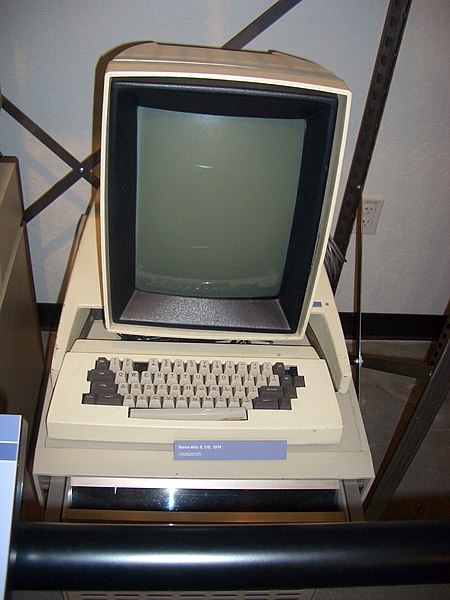History of the graphical user interface
The history of the graphical user interface, understood as the use of graphic icons and a pointing device to control a computer, covers a five-decade span of incremental refinements, built on some constant core principles. Several vendors have created their own windowing systems based on independent code, but with basic elements in common that define the WIMP "window, icon, menu and pointing device" paradigm.
The first prototype of a computer mouse, as designed by Bill English from Engelbart's sketches
Videoconferencing on NLS (1968)
The Xerox Alto (1973) had an early graphical user interface.
Quantel Paintbox (1981)
Sketchpad is a computer program written by Ivan Sutherland in 1963 in the course of his PhD thesis, for which he received the Turing Award in 1988, and the Kyoto Prize in 2012. It pioneered human–computer interaction (HCI), and is considered the ancestor of modern computer-aided design (CAD) programs as well as a major breakthrough in the development of computer graphics in general. For example, the graphical user interface (GUI) was derived from Sketchpad as well as modern object-oriented programming. Using the program, Ivan Sutherland showed that computer graphics could be used for both artistic and technical purposes in addition to demonstrating a novel method of human–computer interaction.
Ivan Sutherland demonstrating Sketchpad (UVC via IA: video and thumbnails)





